The program “Memories of the South” with folk songs of the people of the Mekong Delta serves international tourists at Vam Xang Rustic. Photo: KIEU MAI
Diverse resources
The merged city of Can Tho has an open space with a diverse resource system. This area is currently home to many ethnic groups, the most populous of which are the Kinh, Hoa, and Khmer. Thus, in addition to a diverse ecosystem, Can Tho also has a rich cultural identity, which is a valuable asset in tourism development.
Can Tho City currently has 12 intangible cultural heritages that have been included in the List of National Intangible Cultural Heritages by the Ministry of Culture, Sports and Tourism, including: Cai Rang Floating Market Culture, Ky Yen Festival at Binh Thuy Communal House, Can Tho Ho, Lullabies of Vietnamese people in Can Tho (old Can Tho), Aday folk performance art of Khmer people (old Hau Giang), Khmer pentatonic music performance art, Khmer du ke stage performance art, Rom vong folk performance art, Ro bam dance performance art, Ok - Om - Bok Festival - Ngo boat racing, Nghinh Ong Festival in Tran De, Traditional Pia cake craft of Chinese people (old Soc Trang ). Along with that is a heritage recognized by UNESCO as the Southern Amateur Music Art. This is a valuable resource for building many tourism products with unique experiences.
Specifically, according to travel agencies, Khmer ethnic culture can create stories of discovery, connecting destinations, from learning about architecture, spiritual life in pagodas to lifestyle through dance, music and cuisine. These are experiences with very unique local colors, which can attract tourists.
At the same time, this area also has many unique cultural features with folk beliefs, such as the Tong Phong Festival of the Vietnamese in Can Tho, the Water Lantern Festival on the River, the Flower Offering Festival of the Khmer ethnic group, the Thak Con Festival (Coconut Offering), the Chroi Rum Chek Festival (Offering Blessings to the Vinh Chau Sea) ... all of which are activities that can be built into tourism products. Specifically, in recent times, the Tong Phong Festival of the Vietnamese in Can Tho is not only a local event, but has gradually attracted many tourists to learn about and experience.
To exploit effectively
Despite its great potential, cultural heritage has not yet been fully exploited in tourism activities. Most of the trips only stop at visiting destinations, and in-depth cultural experiences are still very limited. In fact, building cultural tourism products is not simple, especially when combining intangible cultural heritages. Experts and travel agencies believe that people working in cultural tourism need to have knowledge and experience in this field, especially a clear understanding of what cultural tourism products are in order to have an effective strategy for building products and approaching the market. However, human resources and investment resources for cultural tourism in Can Tho are still limited.
Mr. Truong Van Vinh, Director of Ido Travel Can Tho, said: “Almost all key tourism localities have local cultural shows to attract tourists and make them stay overnight. However, Can Tho currently has no special shows, while the locality has many national intangible cultural heritages such as Don Ca Tai Tu, Ho, and other performing arts of the Khmer ethnic group. I suggest that the locality invest in this tourism product because it not only introduces the unique culture, but also keeps tourists staying, increasing costs.”
Tourists always have a need to learn and experience local cultural and artistic activities. Many tourism units in Can Tho have also proactively integrated these activities into the experiences of tourists. Specifically, at Vam Xang Rustic, there is a program called "Southern Memories", which includes antiphonal singing recreating the typical cultural features of the river delta region of the South. This is a clever way to apply the intangible cultural heritage of Can Tho Ho into tourism activities, approaching international visitors. The singing melodies are available in both Vietnamese and English, promoting the unique communication between the two sides, and international visitors can easily learn and join in with the locals. Polish tourist Jenny said: "These melodies are very gentle and melodious. The sounds bring me many emotions and help me understand more about the traditional music here. I think we should maintain and preserve them, creating conditions for the next generation to develop such types of music."
To make such programs, tourism businesses invest a lot in finding artisans, developing scripts, and to maintain this activity, a large budget is needed, so they must reach a group of tourists willing to pay. Therefore, many programs have been built by businesses, but maintaining them is a problem that needs to be considered. Ms. Nguyen Thi Ngoc Suong, General Director of Hai Au Can Tho Restaurant, Hotel and Tourism Company Limited, said: "With the desire to introduce local traditional arts to tourists, especially Don Ca Tai Tu, Ho, Can Tho lullabies, Southern melodies... we always try to integrate these contents into experiential programs through many forms such as minishows, workshops... Tourists can meet and interact with veteran artists, artisans, and even young people who keep the profession. The purpose is to help tourists feel and understand the culture and customs of the land".
It can be seen that many destinations and tourism businesses proactively integrate cultural heritage into tourism activities to bring visitors experiences imbued with local cultural identity. In the long term, Can Tho City needs to have an investment strategy to build unique tourism products from the strengths of cultural heritage. This will not only contribute to preserving and promoting the value of cultural heritage, but also promote the development of the tourism industry in a sustainable direction with its own identity.
AI LAM
Source: https://baocantho.com.vn/phat-huy-gia-tri-di-san-van-hoa-trong-phat-trien-du-lich-a188831.html


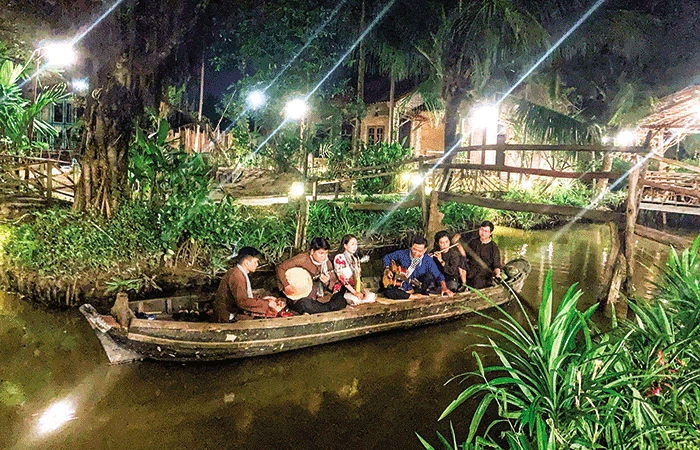

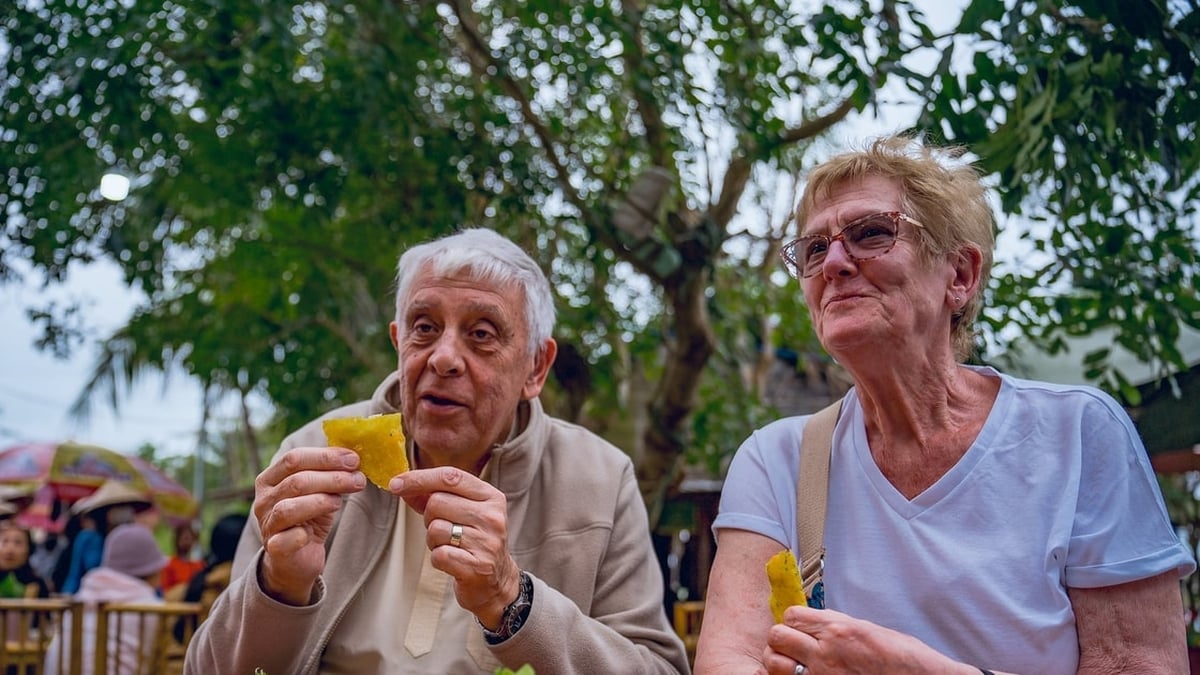
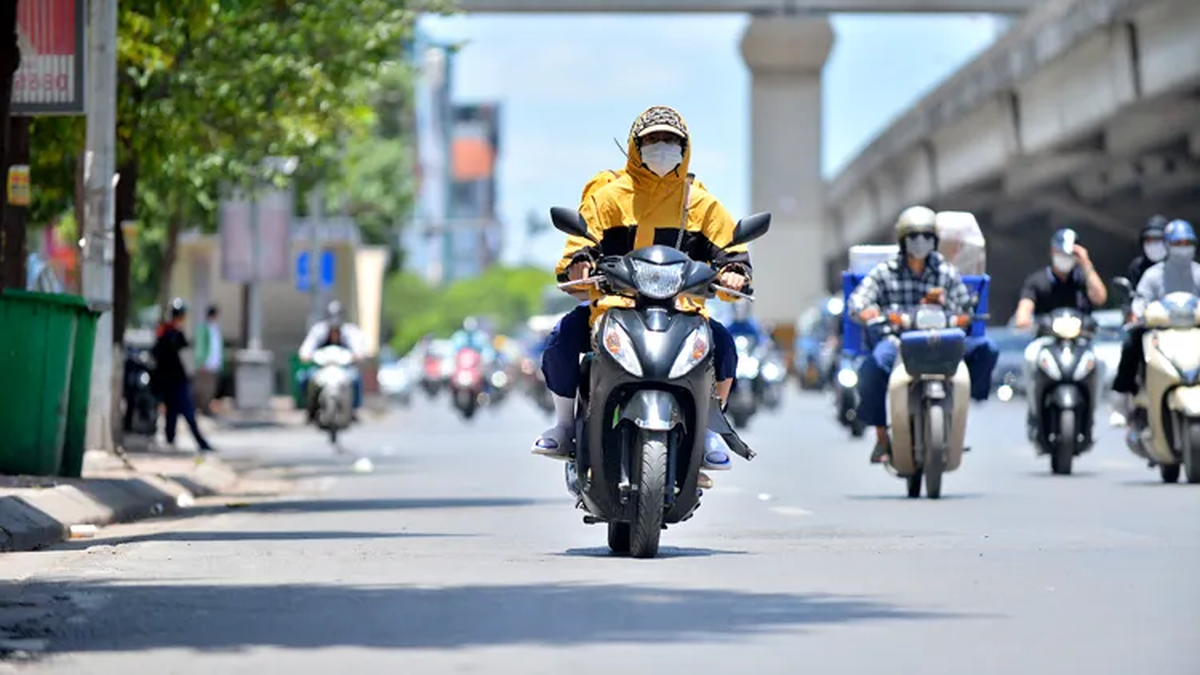

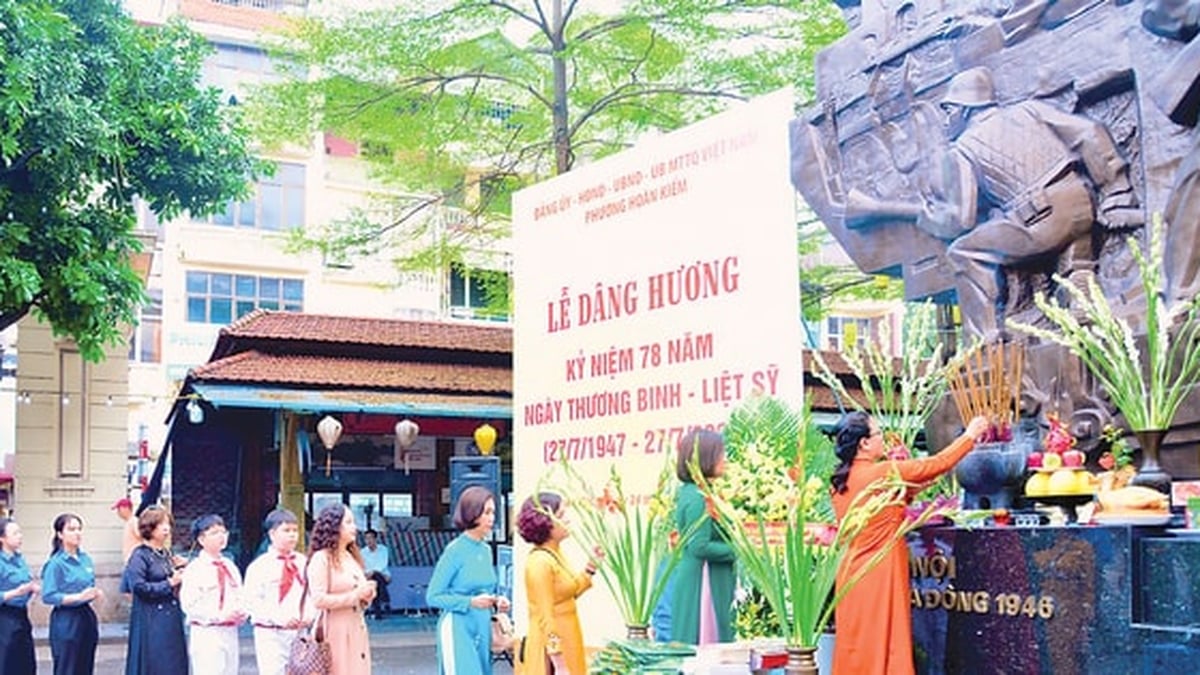


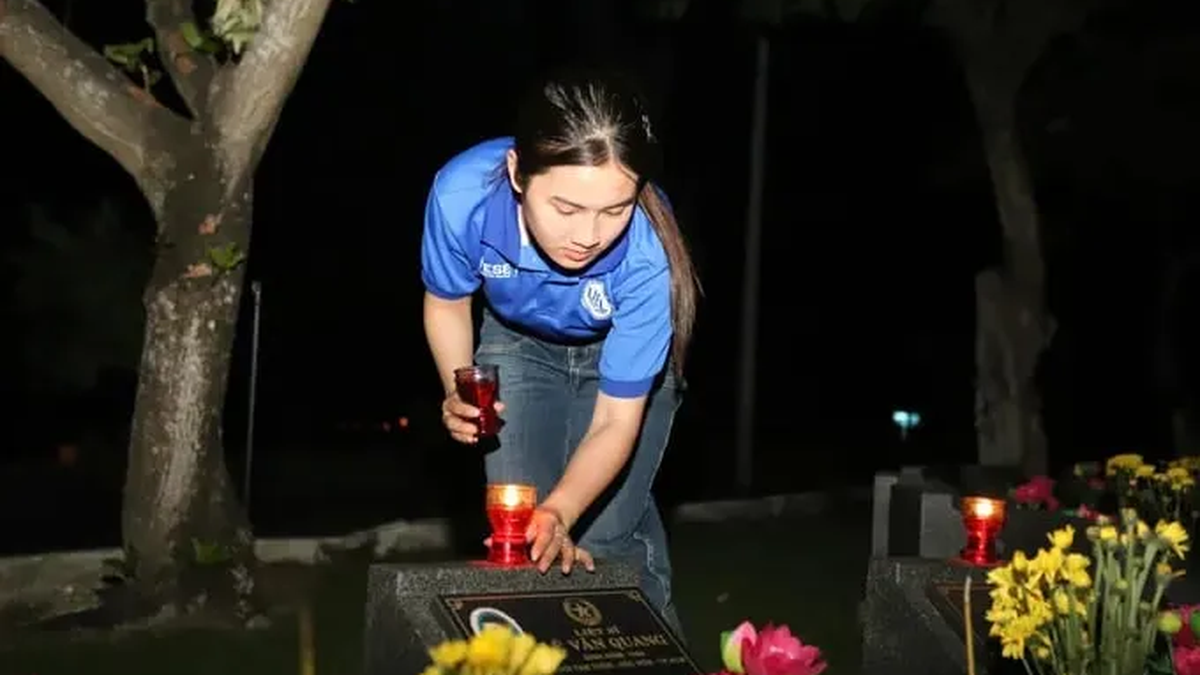

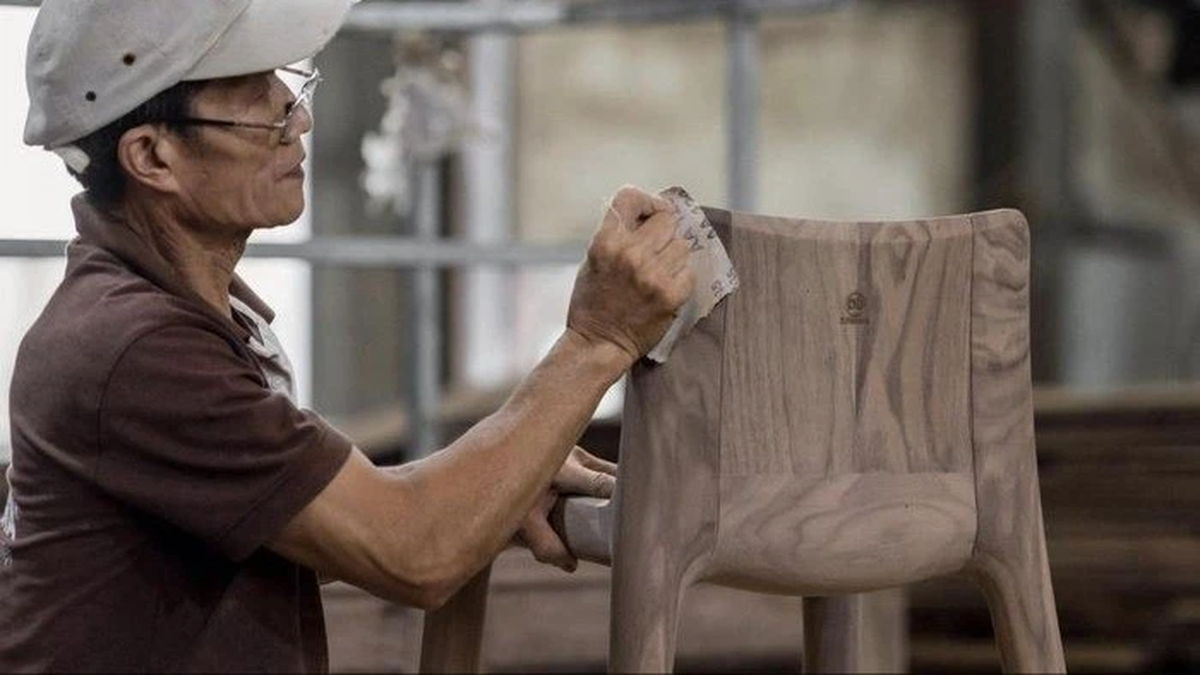























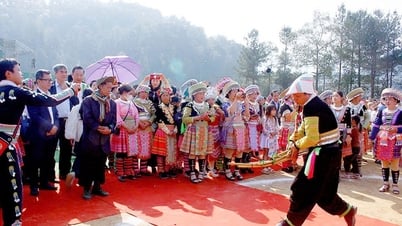



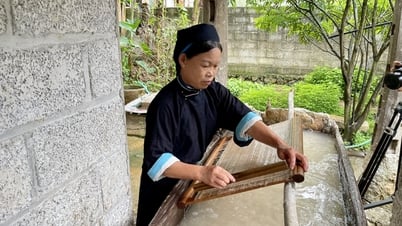

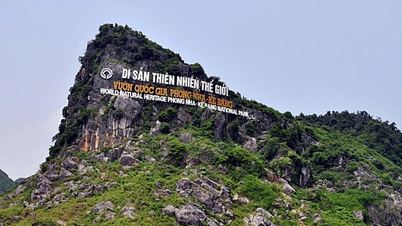

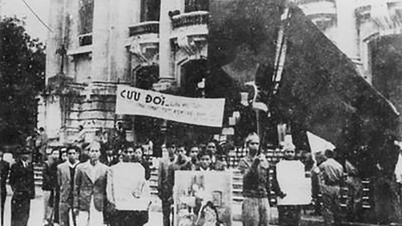

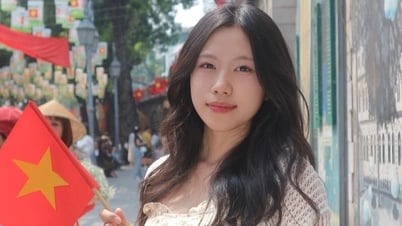

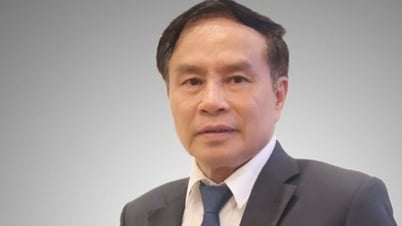





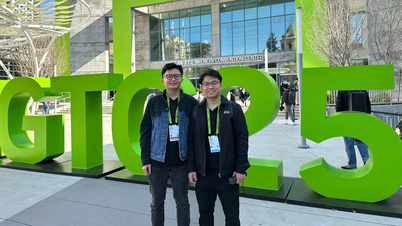













![[Photo] National Assembly Chairman Tran Thanh Man receives Chairman of Morocco-Vietnam Friendship Association](https://vphoto.vietnam.vn/thumb/402x226/vietnam/resource/IMAGE/2025/7/26/b5fb486562044db9a5e95efb6dc6a263)



































Comment (0)